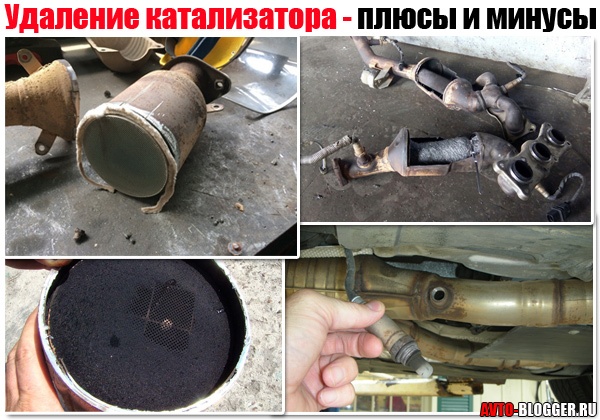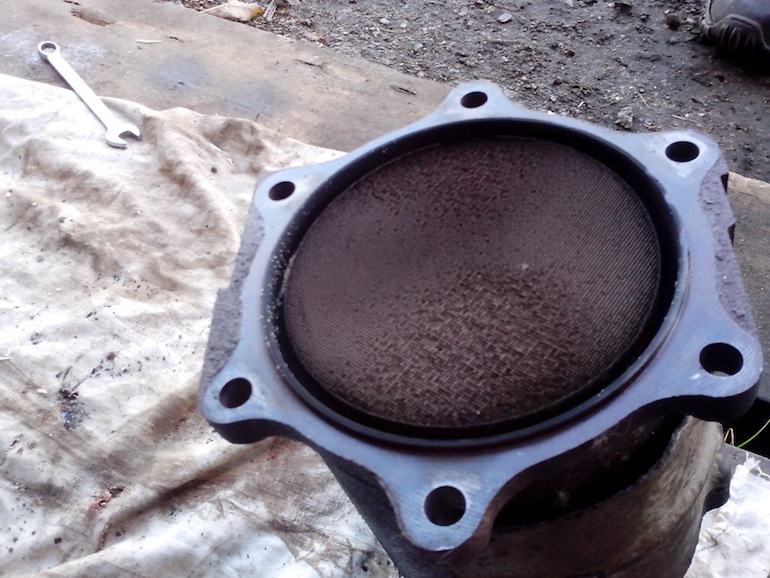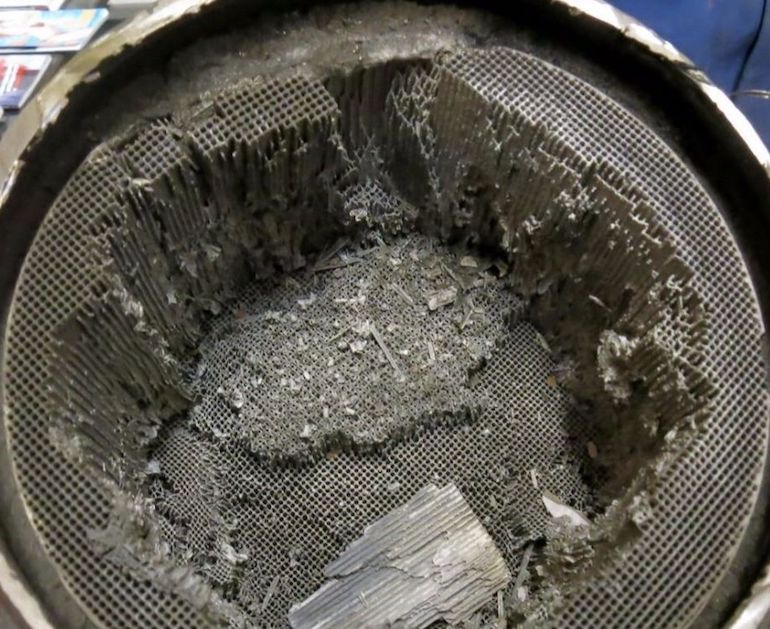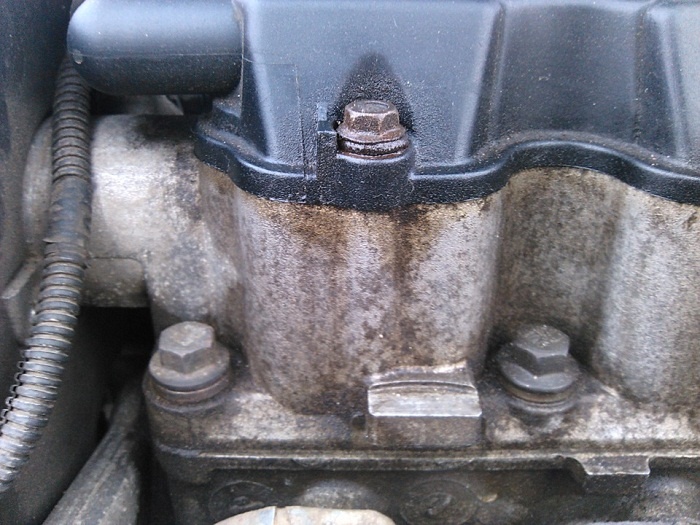
Catalyst removal: pros and cons
A catalytic converter or catalytic converter is the official name for an element in a car's exhaust system, which is simply referred to as a catalyst for short. It is installed on all modern cars with the sole purpose of minimizing the content of harmful substances in the exhaust.
Why is a catalyst needed?
We all agree that humanity is causing irreparable damage to nature. And one of the main pollution factors are cars that emit a whole bunch of harmful and carcinogenic chemical compounds into the air: carbon monoxide, hydrocarbons, nitrogen oxides, etc. These gases are the main cause of smog and acid rain.
Fortunately, the problem was noticed in time and measures were taken to reduce harmful emissions. You can talk for a long time about hybrid cars or electric motors. But one of the easiest solutions was to install catalytic converters in the exhaust system. Passing through the catalyst, toxic compounds as a result of various chemical reactions decompose into completely safe components: water vapor, nitrogen and carbon dioxide. Catalysts are installed on cars with both gasoline and diesel engines. In the case of diesel fuel, it is possible to reduce the amount of harmful emissions by 90 percent.

However, there is one significant problem - the catalyst cells clog very quickly and the device cannot cope with exhaust gas cleaning. Lambda probes installed in front of and behind the catalyst on the muffler detect a high content of toxic gases in the exhaust, which is why the Check Engine constantly lights up on the on-board computer.
In addition, when the catalyst becomes clogged, it negatively affects the functionality of the engine:
- power decreases;
- exhaust gases enter the engine, disrupting the normal composition of the fuel-air mixture;
- the load on the muffler system increases - there is a real risk of its burning out.
There is only one way out - to go to the dealer's store or to the service station and install a new catalyst. True, there is another solution. You can simply get rid of the catalytic converter. Environmentalists, of course, are unlikely to like this, but your car will work normally again without the need to install a new catalyst.
Benefits of Catalyst Removal
Earlier on our website vodi.su we already told you how and with what you can replace the catalyst. The easiest way is to install a flame arrester or snag. These are simple metal "cans" that are installed in place of the converter. At a price they are much cheaper, respectively, the driver saves a certain amount of money.
If we talk about the main advantages of removing the catalyst, then there are not so many of them as it might seem at first glance:
- a slight increase in engine power, literally by 3-5 percent;
- reduced fuel consumption - again in small quantities;
- increase in engine life due to the fact that an additional barrier disappears in the way of exhaust gases.

It is clear that some motorists do not just cut out the catalyst, but come up with something to replace it with. For example, as part of tuning, "Spiders" are installed - they are attached directly to the engine block instead of the exhaust manifold and connected to the muffler. They give a slight increase in power up to ten percent (taking into account the removal of the catalyst).
Cons of removing catalyst
If you look in detail, then the disadvantages of removing the catalyst are also enough. The main disadvantage is the increase in the level of harmful emissions. The fact is that the norms both in the EU and in the Russian Federation are constantly being tightened. As you know, there is an article of the Code of Administrative Offenses 8.23, according to which vehicle owners can be fined 500 rubles for exceeding the standards for the emission of harmful substances. There are all prerequisites for the fact that the standards will be even more stringent, and the traffic police will monitor their observance everywhere. There is also a risk that you will not be allowed out of the country in a car without a catalyst.
Among other shortcomings, we note the following:
- the appearance of a characteristic, not very pleasant smell that comes from trucks like ZIL or GAZ-53;
- the smell can get into the cabin;
- hot gases from the collector (t - 300 ° C) burn through the muffler metal much faster;
- characteristic ringing sound at high speeds.
There is more stress placed on the entire muffler system as the catalyst not only cleans the exhaust, but also cools and suspends it. As a result, the muffler resource is reduced. Solve this issue by installing the same spiders or flame arresters.
Another important point: the electronic control unit is set to Euro 3, 4, 5 standards. Accordingly, if the content of oxides in the exhaust rises, the Check Engine error will constantly pop up. Therefore, you will either have to install a snag (a special spacer that covers the oxygen sensor from exhaust gases), or reflash the control unit to lower toxicity standards.

As you can see, there are quite a few cons. And the most important of them is that the driver himself and his passengers will have to inhale carcinogenic gases and poison those around them. Therefore, if you are worried not only about savings and a slight increase in the engine power of your car, but also about health, then it is better to refuse to remove the catalytic converter.
Loading…
